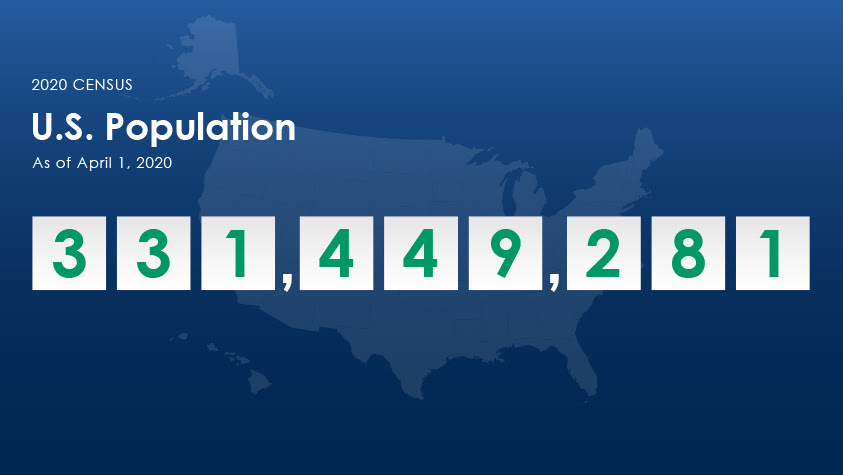Who is getting a COVID-19 vaccine? Who is hesitant about receiving it and why? What state has the highest vaccination or hesitancy rate?
The rollout of COVID-19 vaccines has been the subject of extensive news coverage and a new U.S. Census Bureau data visualization tool aims to provide insights into the public’s feelings about COVID-19 vaccines in near real time.
This visualization will be updated with each future data release (including changes to the content in the next phase of data collection), allowing users to track the dynamics of distribution and hesitancy as the vaccination process proceeds.
The COVID-19 vaccine tracker uses data from the Census Bureau’s Household Pulse Survey, which in January added a new series of questions about COVID-19 vaccinations and attitudes toward them.
The interactive visualization allows data users to explore:
- National and state vaccination rates.
- The percentage of people by state hesitant to get a COVID-19 vaccine.
- The most common reasons cited for hesitancy to get a vaccine.
- Vaccination rates by population subgroups.
- Vaccine hesitancy rates by population subgroups.
How the Vaccine Tracker Works
Data are presented for each collection period after addition of the COVID-19 vaccine questions. Users can toggle between collection periods to explore changes in vaccination rates and hesitancy over time.
The visualization highlights the estimated national vaccination rate, as well as the percentage of those who received at least one dose of a vaccine and plan to receive all required doses (if applicable).
Hover over a state to view its estimated vaccination rate. Below the map, explore the vaccination rate of population subgroups based on the following characteristics at the national level: age, sex, Hispanic origin and race, educational attainment, health insurance coverage and past COVID-19 diagnosis.
Vaccine Hesitancy
The visualization also shows the national percentage of the population hesitant to get a COVID-19 vaccine.
Hover over states to view a vaccine-hesitant share of the population and the top three reasons respondents said they were reluctant to get a vaccine.
A table displays the percentage of the vaccine-hesitant population that chose each reason for not getting a vaccine at the national level. Use the checkboxes to customize the definition of the vaccine-hesitant population to include those indicating that they ‘probably will,’ ‘probably will not,’ and/or ‘definitely will not’ get a vaccine.
This content was added in partnership with the Centers for Disease Control and Prevention (CDC). Check out the CDC’s website for more information on the number of COVID-19 vaccines administered.
The estimates in this tracker are based on survey self-reports from specific time periods and may not align with published counts generated from other sources. Household Pulse Survey data include Household Pulse Survey tables, Technical Documentation and Public Use File (PUF) microdata.
This visualization will be updated with each future data release (including changes to the content in the next phase of data collection), allowing users to track the dynamics of distribution and hesitancy as the vaccination process proceeds.










